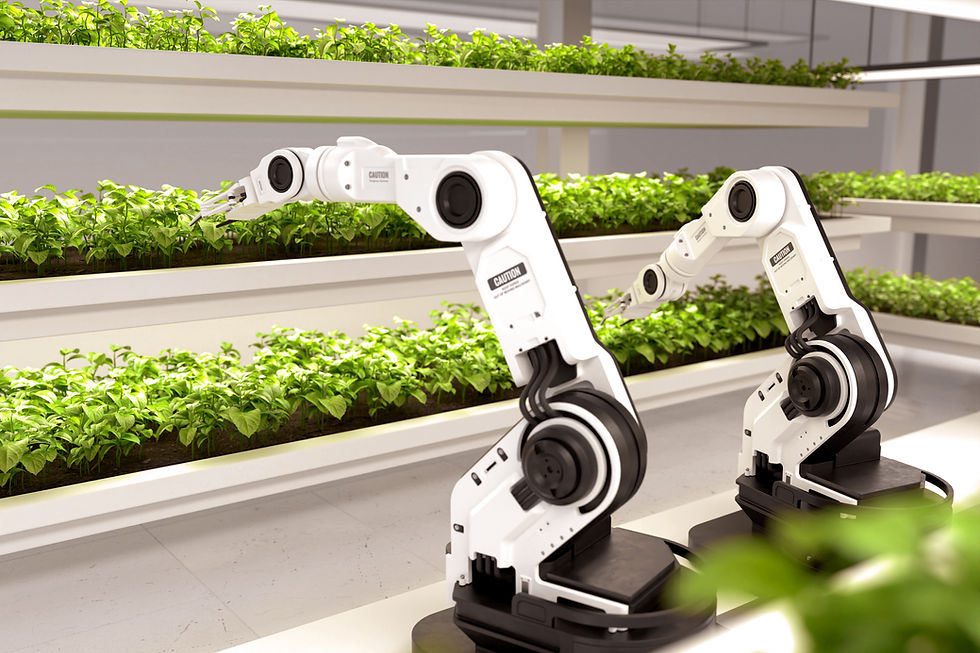The Future of Media: How Technology and AI are Changing the Game
- Tech Team

- Jul 4, 2023
- 3 min read

The media landscape is constantly evolving, and technology is playing a major role in shaping its future. In this blog post, we will explore the ways in which technology is changing the game for media companies and consumers alike. We will discuss the rise of streaming services and how they are disrupting traditional television and movie distribution models. We will also delve into the impact of social media on news and journalism, and how it is changing the way we consume and share information.
The Rise of Streaming Services

Streaming services like Netflix, Amazon Prime, and Hulu have disrupted traditional television and movie distribution models. These services offer a vast library of content that can be accessed on-demand, without the need for a cable subscription. This has led to a decline in traditional cable and satellite TV subscriptions, and a rise in cord-cutting. Streaming services are also producing their own original content, which has been critically acclaimed and has won numerous awards. The rise of streaming services has also led to the creation of new business models, such as subscription-based streaming services and ad-supported streaming services.
The Impact of Social Media on News and Journalism

Social media has had a profound impact on the way we consume and share news and information. News stories can now be shared instantly across social media platforms, and citizen journalism has become a powerful force. However, social media has also been criticised for spreading misinformation and fake news. Social media algorithms also prioritise content that is likely to generate engagement, which can lead to the spread of sensationalised or polarising content. Despite these challenges, social media has become an important tool for journalists and news organisations to reach new audiences and engage with their readers.
The Role of Artificial Intelligence (AI) and Machine Learning in Media Production and Distribution

Artificial intelligence and machine learning are being used to personalise content and improve user experiences. For example, streaming services use algorithms to recommend content based on a user's viewing history. News organizations are also using AI to automate the creation of news stories and to analyze data to identify trends and patterns. AI is also being used to improve the accuracy of closed captioning and to create more realistic special effects in movies and TV shows.
Emerging Technologies: Virtual and Augmented Reality

Virtual and augmented reality are poised to revolutionise the way we interact with media. Virtual reality allows users to immerse themselves in a completely different environment, while augmented reality overlays digital information onto the real world. These technologies have the potential to transform the way we consume and create content, from movies and TV shows to video games and social media. However, there are still challenges to overcome, such as the high cost of hardware and the need for more compelling content.
Technology is changing the game for media companies and consumers alike. Streaming services are disrupting traditional television and movie distribution models, social media is changing the way we consume and share news and information, and artificial intelligence and machine learning are being used to personalise content and improve user experiences. Emerging technologies like virtual and augmented reality are poised to revolutionise the way we interact with media. As technology continues to evolve, it will be interesting to see how media companies and consumers adapt to these changes.


Comments